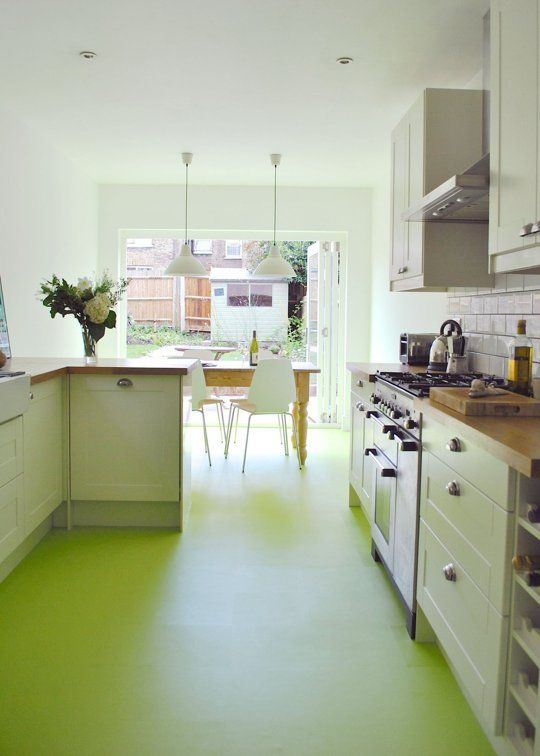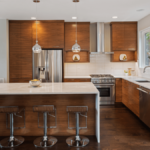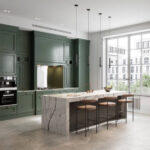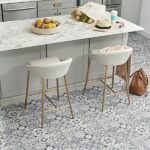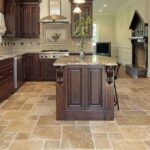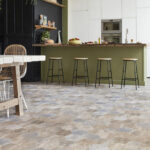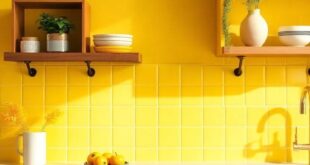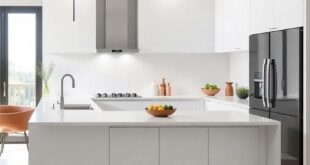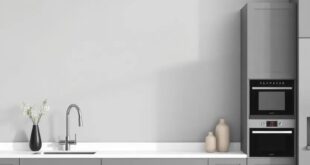When it comes to choosing flooring for your kitchen, there are several options to consider. The right flooring can not only enhance the overall look of your kitchen but also provide durability and easy maintenance. Here are some popular kitchen flooring options to help you make an informed decision.
1. Tile: Tile flooring is a popular choice for kitchens due to its durability and easy maintenance. It comes in a variety of colors, patterns, and sizes, allowing you to create a unique look for your kitchen. Ceramic and porcelain tiles are common choices, as they are water-resistant and easy to clean. Tile flooring is also heat-resistant, making it ideal for kitchens where cooking accidents may occur.
2. Hardwood: Hardwood flooring adds a classic and timeless look to any kitchen. It is durable and can be sanded and refinished multiple times, allowing it to last for many years. Hardwood flooring also adds warmth and character to a kitchen, making it a popular choice for many homeowners. However, hardwood is not as water-resistant as other options, so it may not be the best choice for kitchens prone to spills and moisture.
3. Laminate: Laminate flooring is a cost-effective option for kitchens, offering the look of hardwood or tile at a fraction of the cost. It is easy to install and clean, making it a popular choice for DIY homeowners. Laminate flooring is also scratch and stain-resistant, making it ideal for busy kitchens. However, it is not as durable as hardwood or tile and may need to be replaced sooner.
4. Vinyl: Vinyl flooring is a versatile and affordable option for kitchens. It comes in a variety of colors and patterns, allowing you to create a customized look for your kitchen. Vinyl is water-resistant and easy to clean, making it a practical option for busy kitchens. It is also softer underfoot than tile or hardwood, making it more comfortable for long periods of standing. However, vinyl flooring may not be as durable as other options and may need to be replaced more frequently.
5. Cork: Cork flooring is a unique and eco-friendly option for kitchens. It is resistant to mold and mildew, making it a healthy choice for families. Cork is also a natural insulator, helping to keep your kitchen warmer in the winter and cooler in the summer. It is soft underfoot, making it comfortable for standing and walking. However, cork flooring may require regular maintenance and sealing to keep it looking its best.
In conclusion, there are many kitchen flooring options to choose from, each with its own benefits and drawbacks. Consider your lifestyle, budget, and design preferences when selecting the right flooring for your kitchen. Whether you choose tile, hardwood, laminate, vinyl, or cork, the right flooring can enhance the overall look and functionality of your kitchen for years to come.
 Decorationg Interior Design
Decorationg Interior Design
